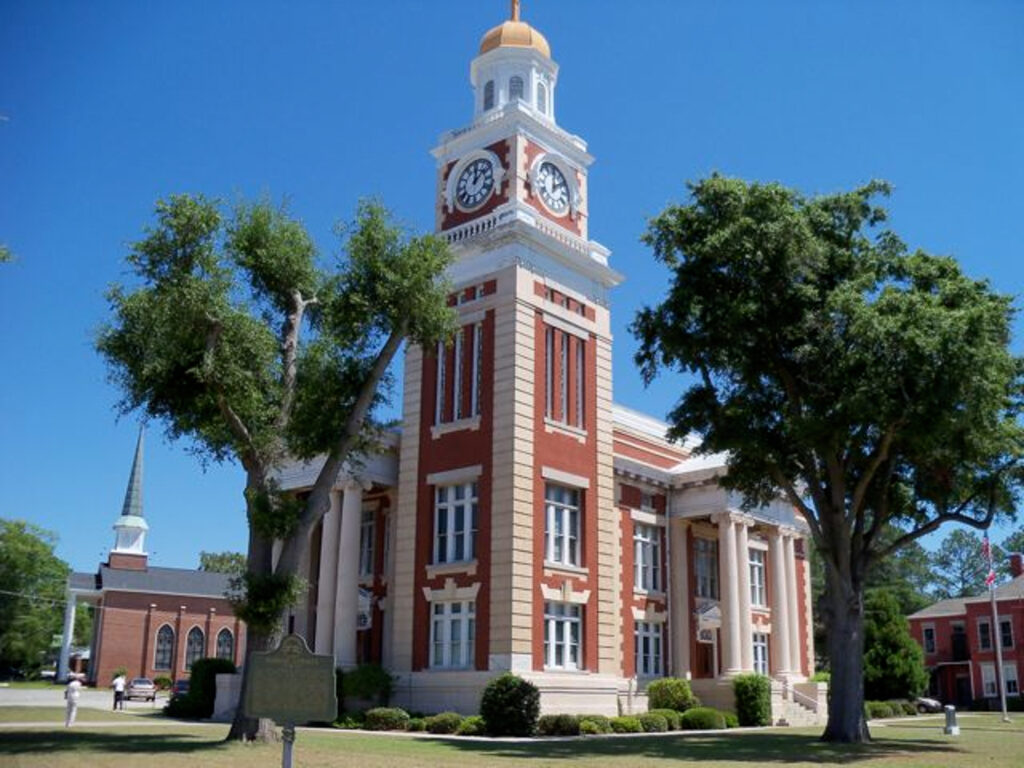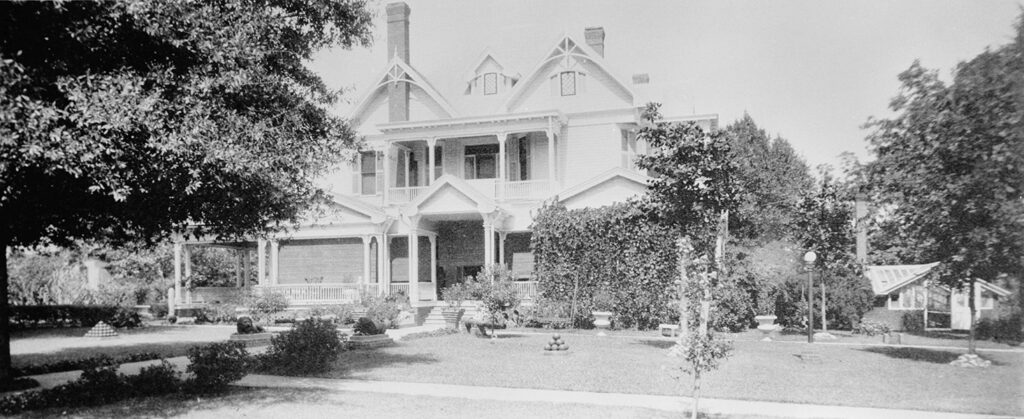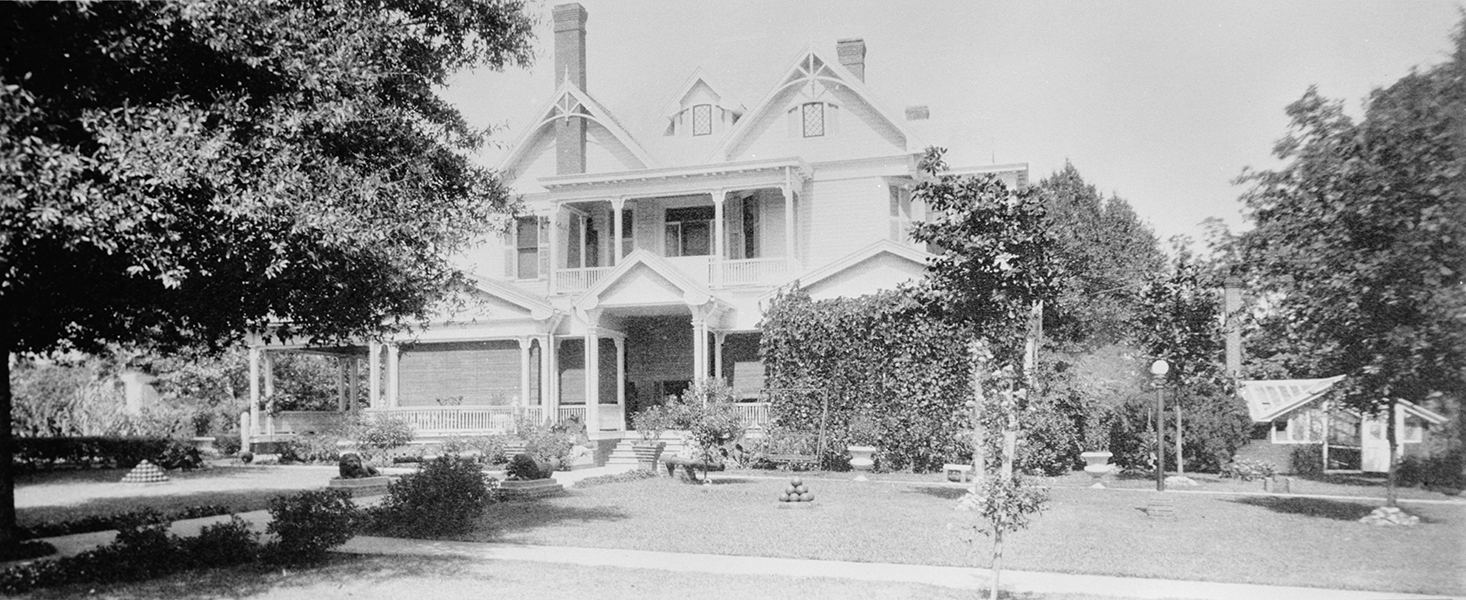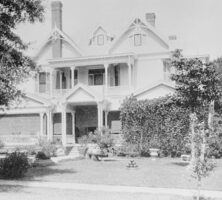Turner County, in central Georgia, is the state’s 145th county and comprises 286 square miles. It was created in 1905 from Dooly, Irwin, Wilcox, and Worth counties, and named for Henry Gray Turner, a Confederate veteran, U.S. congressman, and justice on the Supreme Court of Georgia.
The original inhabitants were Creek and Seminole Indians, who lost their land in the Seminole Wars. Many of the first white settlers in the area were of Irish or German heritage.
The county seat is Ashburn, incorporated in 1890, when it was part of Worth County. First named Troupville Crossroads and then called Marion, Ashburn acquired its current name when the Georgia Southern and Florida Railroad surveyed the area in 1889. At the time, the railroad’s just-finished line from Florida to Macon had generated interest in the area. A local landowner and bank president, W. W. Ashburn, facilitated a large number of real estate transactions, and it was deemed appropriate to name the town in his honor. The current courthouse, built in 1907, is the county’s only courthouse on the historical record.

Other towns include Amboy, Rebecca, Sycamore, and Worth. Amboy, unincorporated, was named for the New Jersey city of that name, which in turn comes from an Algonquin word meaning “valley.” Sycamore, incorporated in 1891, was named for the trees in the area. Rebecca was incorporated in 1904, and Worth was incorporated from 1910 to 1943.
Turner County’s economy has always revolved around agriculture, and the most important crops are cotton, peanuts, and pecans. A satellite campus of Moultrie Technical College (later Southern Regional Technical College) is located in the county.
Among the places of interest in the county are the Ashburn Commercial Historic District, which includes the courthouse and county jail; the Ashburn Heights and Shingler Heights historic neighborhoods; the Big Peanut monument, which symbolizes Ashburn’s status as the home of the world’s largest peanut-processing plant; and Wesleyan Methodist Campground and Tabernacle. Ashburn also hosts the annual Fire Ant Festival each March.

According to the 2020 U.S. census, the population was 9,006.








